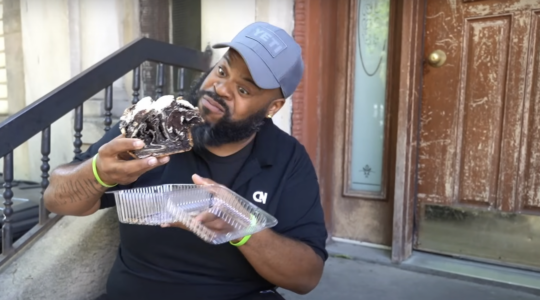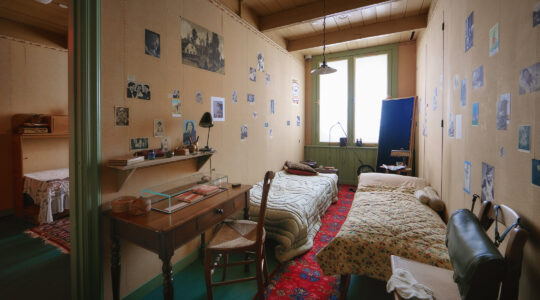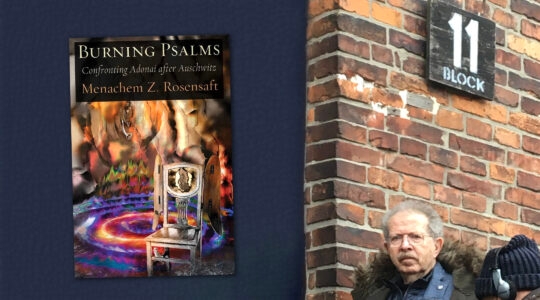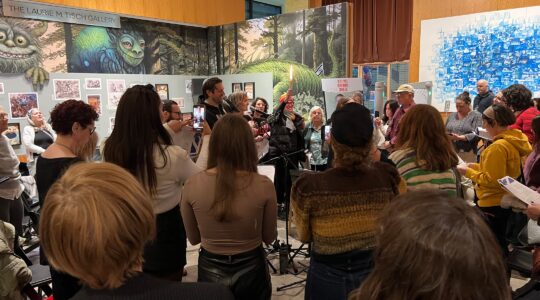John Zorn, the downtown Jewish music guru who will be feted this fall, may be 60, but Gary Graffman is turning 85, and the pianist is celebrating with the release of a 24-CD set that collects all the recordings he made for RCA and Columbia during his impressive career. Graffman was one member of the golden generation of classical pianists who were known colloquially as OYAPs, “outstanding young American pianists.” A group that emerged in the 1950s, its ranks included Leon Fleischer, Eugene Istomin and William Kappell, among others. Like many of their illustrious predecessors — Arthur Rubinstein, Vladimir Horowitz, Rudolf Serkin — this cohort were mostly Jewish.
Sitting in his apartment, which, suitably, overlooks Carnegie Hall, Graffman ruminates on that fact.
“In America, because of the horrors in the world — the Russian Revolution and Stalin, Hitler and the Holocaust — Jews came from Europe not just to visit but to stay,” he says. “The greatest scientists, artists, writers — not just musicians — would gather in New York and Boston, and there was a colony in Los Angeles.”
Such communities offered a critical mass that was self-sustaining.
“When I was 7, the vast majority of pianists and string players [in America] were Jews,” Graffman notes. “They came here to escape the poverty and violence that threatened our grandparents in the ghettoes. This was a way that a Jewish child would have a better life at a time when other professions were not open to Jews.”
That demographic has shifted, of course, and Graffman, as the head of the Curtis Institute in Philadelphia, has contributed to the change.
“I have six students now,” he says. “Two are American-born Chinese, three are from China and one is Indonesian with a Chinese father.”
Graffman’s Jewish roots go deep. His maternal grandfather, Arnold Margolin, was a defense attorney in the trial of Mendel Beilis (the Ukrainian Jew wrongly accused of carrying out a ritual blood libel murder who was the subject of Bernard Malamud’s “The Fixer”). It was Margolin’s detective work on behalf of Beilis that uncovered the real murderess; for his troubles, Margolin was disbarred. As a result, the Margolins left for England and, eventually America, where his daughter met Vladimir Graffman, a prominent Jewish-Russian expatriate violinist and teacher. The rest is (family) history.
When asked what it’s like for him to hear the recordings in the box set, some of them almost 60 years old, Graffman laughs.
“Oh, I haven’t heard any of it yet,” he says with a disarming grin. “Of course, when they were made I heard them an unbelievable number of times. Back when I made these records, you would play a piece a few times, and the producer and engineer would put together the best versions. But they allowed me to have more input. I would listen to the recording and mark up the way I wanted it spliced.”
That was before digital recording and computerization made it easy to change a performance almost note by note.
“In the old days, before you made a record, you played a piece for many years,” Graffman explains. “Then you would go to, say, Cleveland and record four performances of it [with George Szell and the Cleveland Orchestra] with full rehearsals. They don’t do that today.”
“It’s purely about money,” he says ruefully. “Everything costs more and there’s more attention to the return on investment than there used to be.”
“Gary Graffman: The Complete Album Collection,” which includes “no fewer than 14” LPs never before on CD, will be released by Sony Classical on Sept. 24.
The New York Jewish Week brings you the stories behind the headlines, keeping you connected to Jewish life in New York. Help sustain the reporting you trust by donating today.




